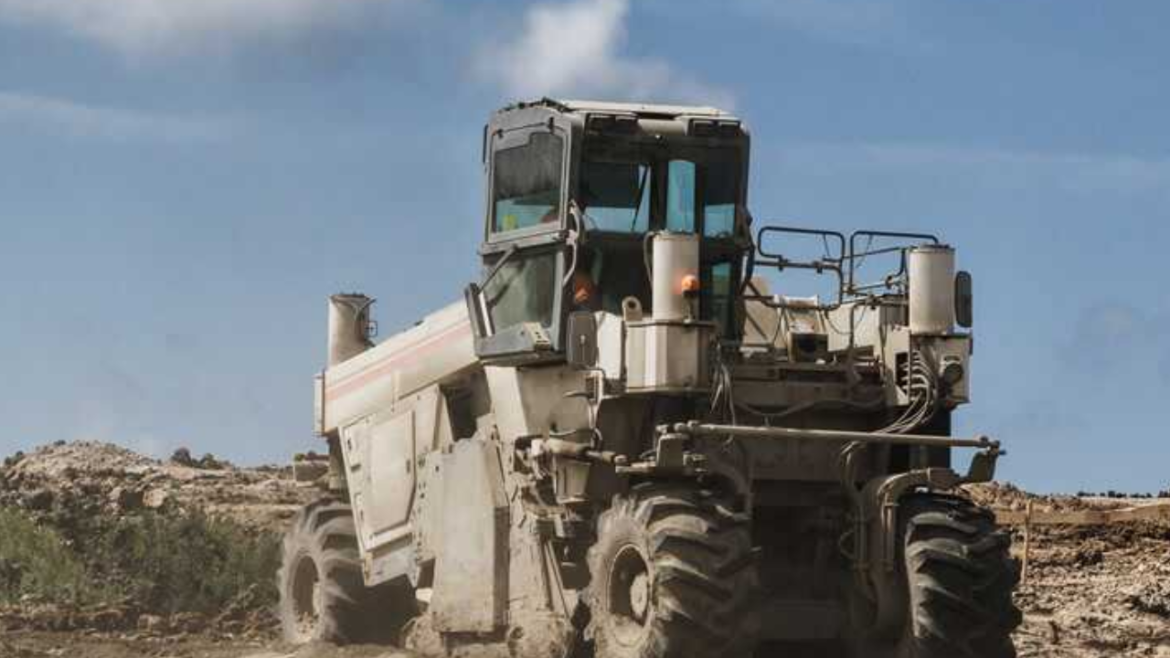Flail mowers are powerful land renovation equipment used for slicing and mulching an expansion of flowers, from grass and weeds to small trees and brush. At the coronary heart of those machines are the flail mower hammer blades, vital components that decide the efficiency and effectiveness of the system.
The blade of a flail hammer, a kind of powered garden or agricultural equipment, is attached to the flail mower using a bolt and nut. This sort of equipment is used for handling heavy grass or scrub that can’t be removed by a typical lawn mower. The blades of a flail hammer are fastened to the horizontal rotating drum. In addition, the rows of blades are often spaced apart to provide a thorough cut.
Forms of Flail Mower Hammer Blades
There are several distinct kinds of Flail Mower Hammer Blades available, each one created for particular uses and vegetation. The information of these sorts is crucial for attaining the favored consequences in land maintenance:
Y Blades
Y blades are normally used for slicing grass and mild flora. Their Y-fashioned layout permits for precise reducing and mulching, making them suitable for preserving lawns, parks, and golf publications.
T Blades
T blades are versatile and may cope with a wide variety of plant life, from grass to comb and mild tree limbs. They have a T-shaped configuration that gives stability between cutting efficiency and durability.
C Blades
C blades, with their C-formed design, are sturdy and excel at slicing dense flora, such as tall grass, weeds, and brush. They are best for heavy-duty land protection responsibilities.
Hammer Blades
Hammer blades, as the call shows, have a hammer-like form and are designed for tackling the hardest plants, such as woody shrubs and small trees. They offer amazing reducing power and sturdiness.
The Functions of Flail Mower Hammer Blades
Flail mower hammer blades are at the vanguard of the land protection manner, performing critical capabilities that determine the device’s overall performance and efficiency:
Reducing and Mulching
The number one characteristic of flail mower hammer blades is to reduce and mulch flora. Because the blades rotate, they strike the plant life, breaking it down into smaller pieces. This mulched cloth may be left on the ground as a natural relay or amassed for disposal.
Versatility
Distinctive types of hammer blades cater to diverse land renovation wishes. Y blades are exceptional for first-class reducing, while C blades excel at tackling dense undergrowth. Hammer blades, however, are designed for heavy-obligation obligations, making them appropriate for clearing thick brush and small timber.
Durability and Resistance
Hammer blades are acknowledged for his or her durability and resistance to wear and tear. Their sturdy design lets them resist the effect of rocks, tree limbs, and other particles, making them a dependable choice for rugged land maintenance duties.
Buying of Flail Mower Hammer Blades
Whilst it comes to buying substitute or spare flail mower hammer blades, it’s critical to supply them from reliable sellers or at once from the producer. Here are a few considerations:
- Authorized dealers commonly offer authentic OEM (unique system manufacturer) blades, ensuring product authenticity and exceptional. Buying from authorized dealers is a reliable manner to achieve the right blades for your gadget.
- The producer’s legit internet site is a treasured aid for purchasing authentic hammer blades and obtaining records of approximately well-matched merchandise. It often offers guidance on deciding on the right blades for precise applications.
- Make sure that the hammer blades you purchase are well suited to your flail mower model and the form of land preservation tasks you perform. Discuss with specialists or the producer if needed to make the proper desire.
Sum Up
A flail hammer’s blades just bounce off of an immovable target. If the thing being tackled is tiny enough, other rotary-type mowers have a propensity to reach for it and hurl it out of the mower deck. As a result of this, the flail mower works best in places where flung debris could harm the soil underneath.

